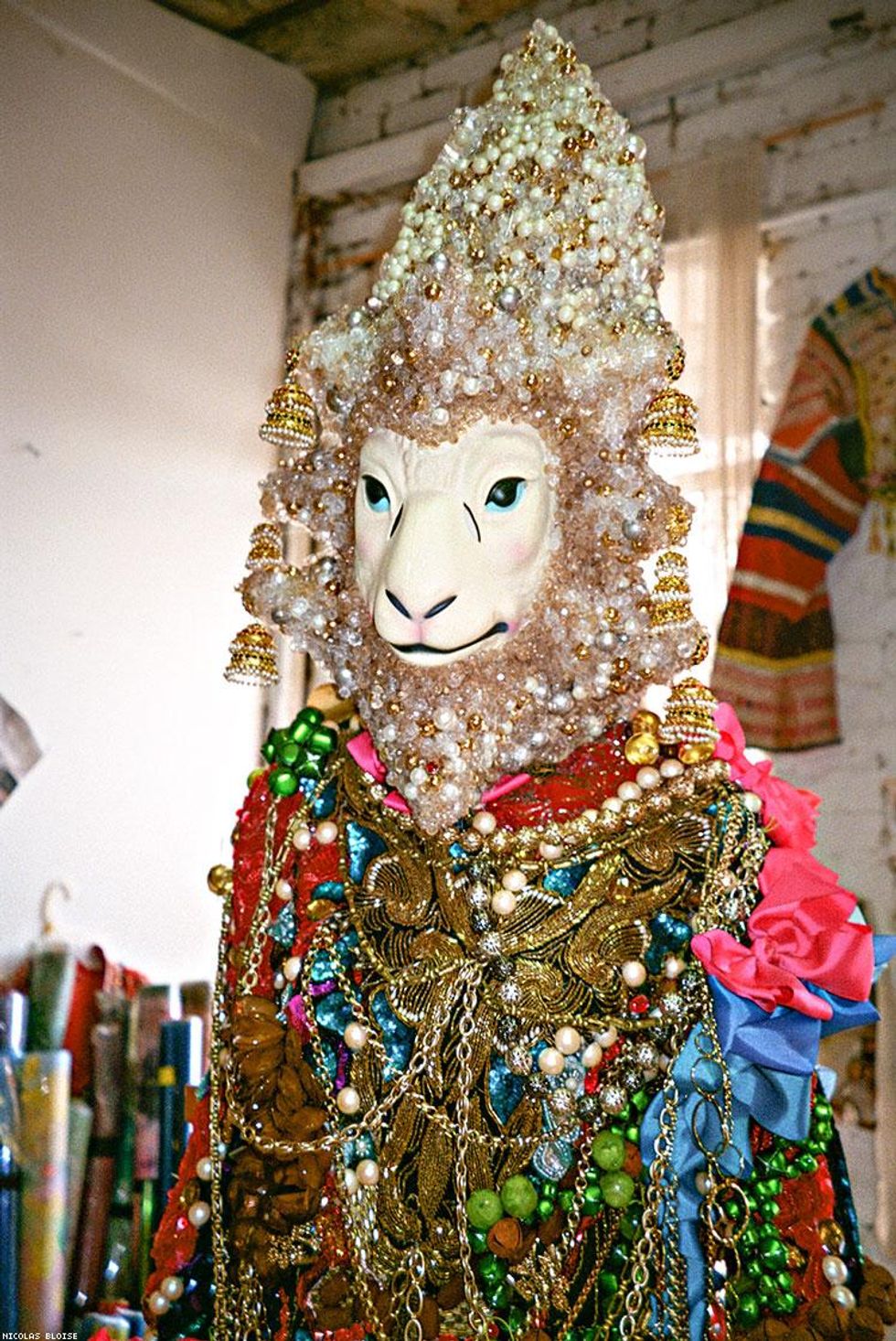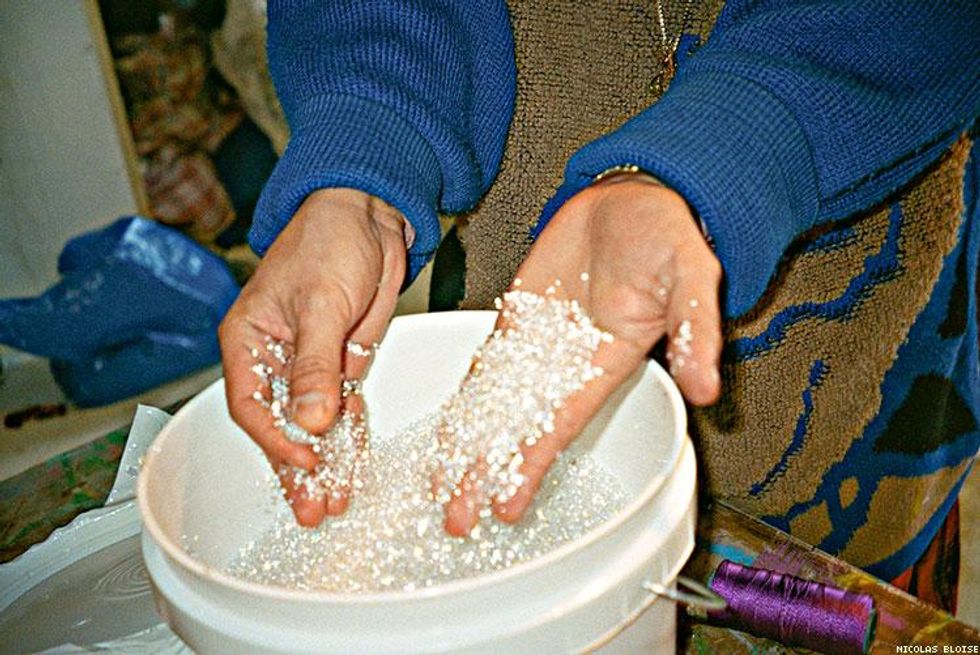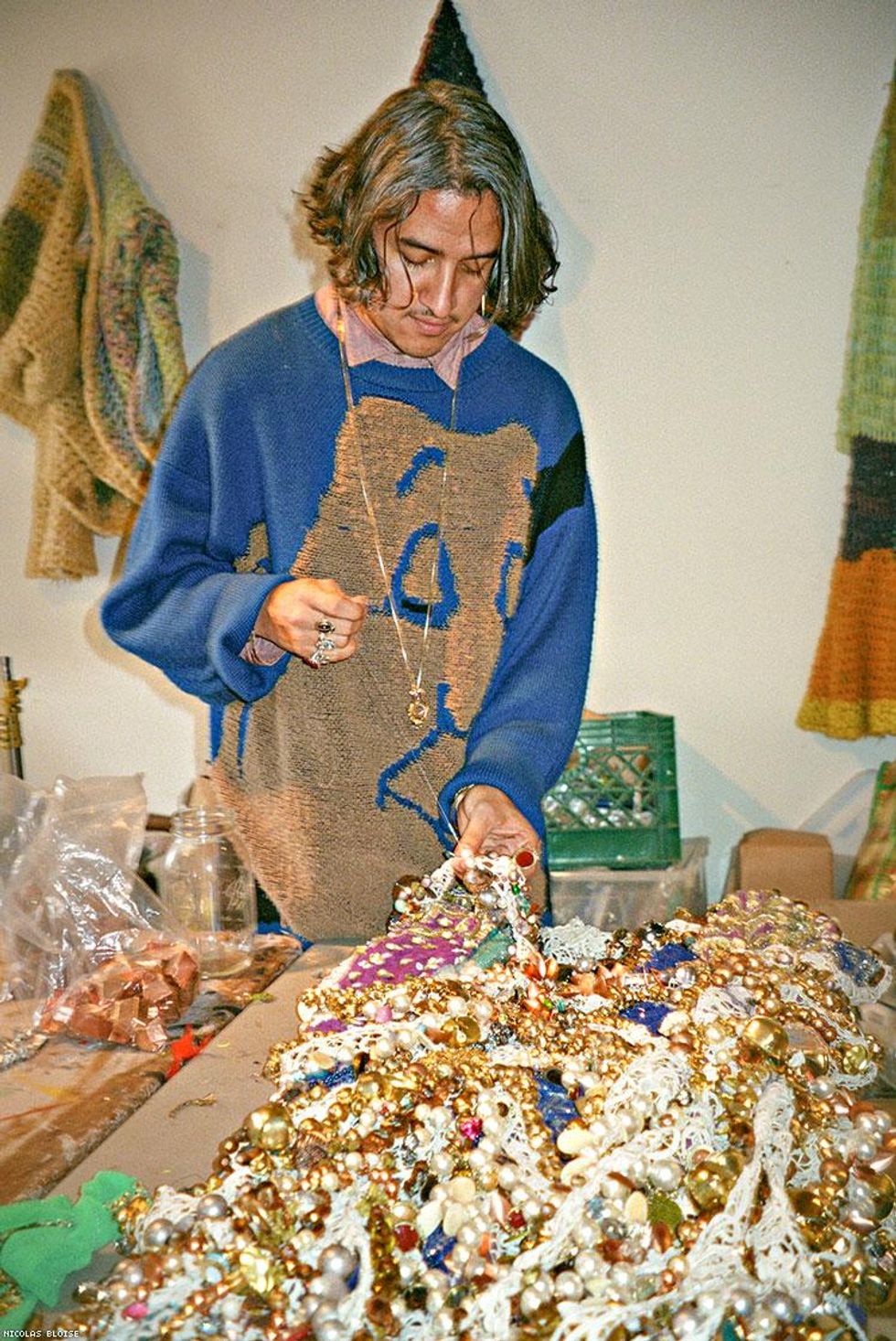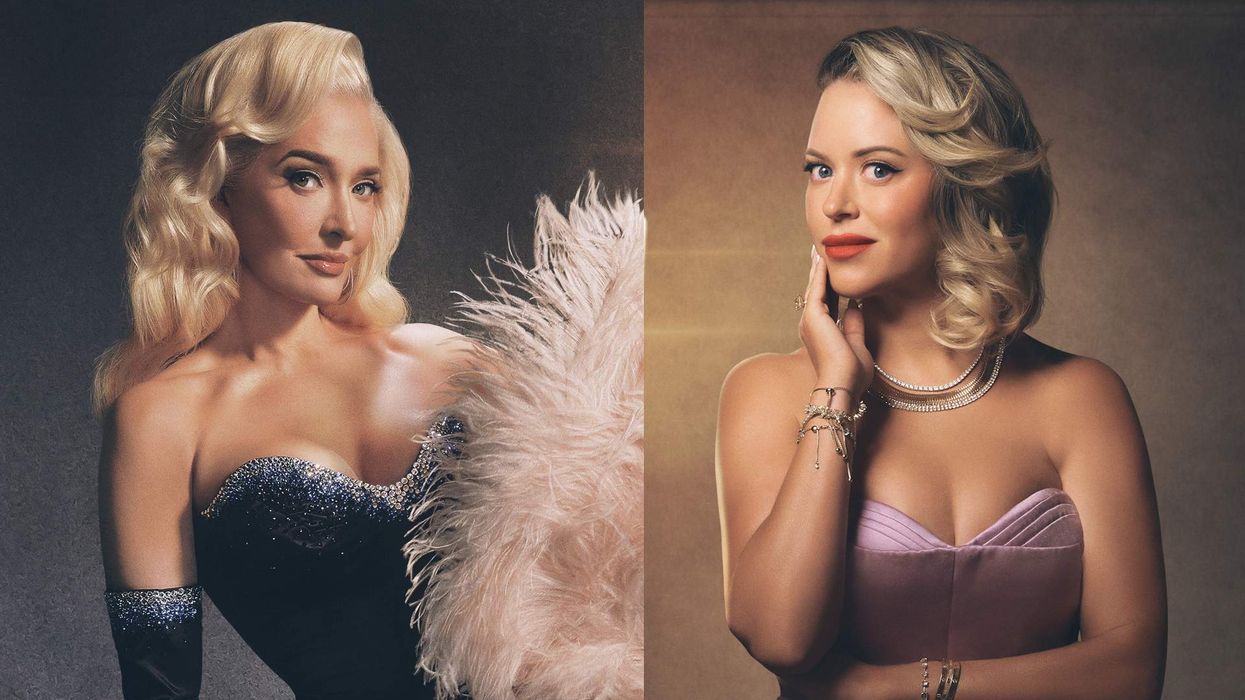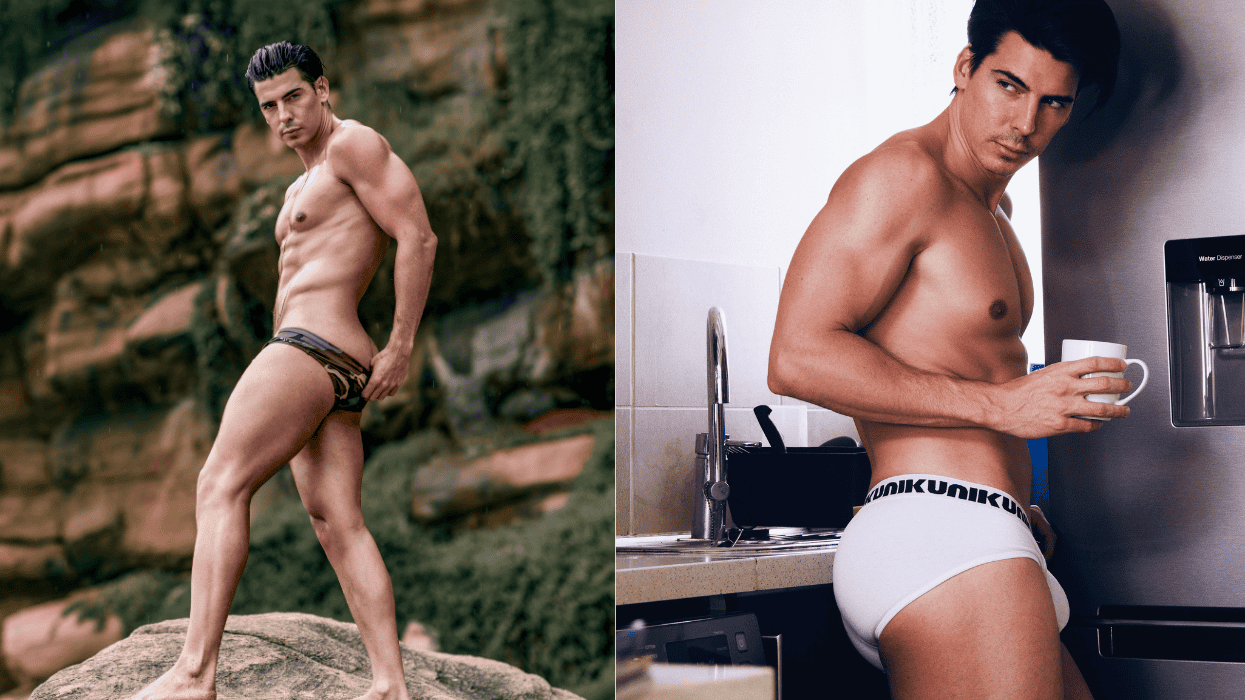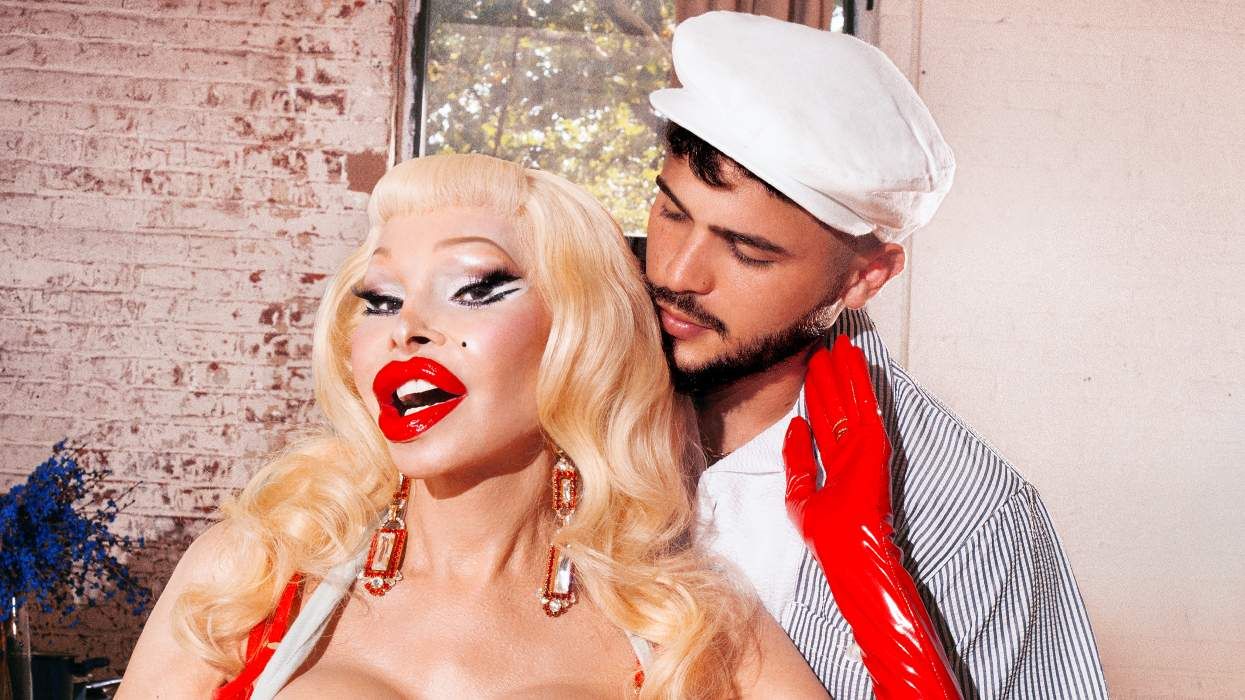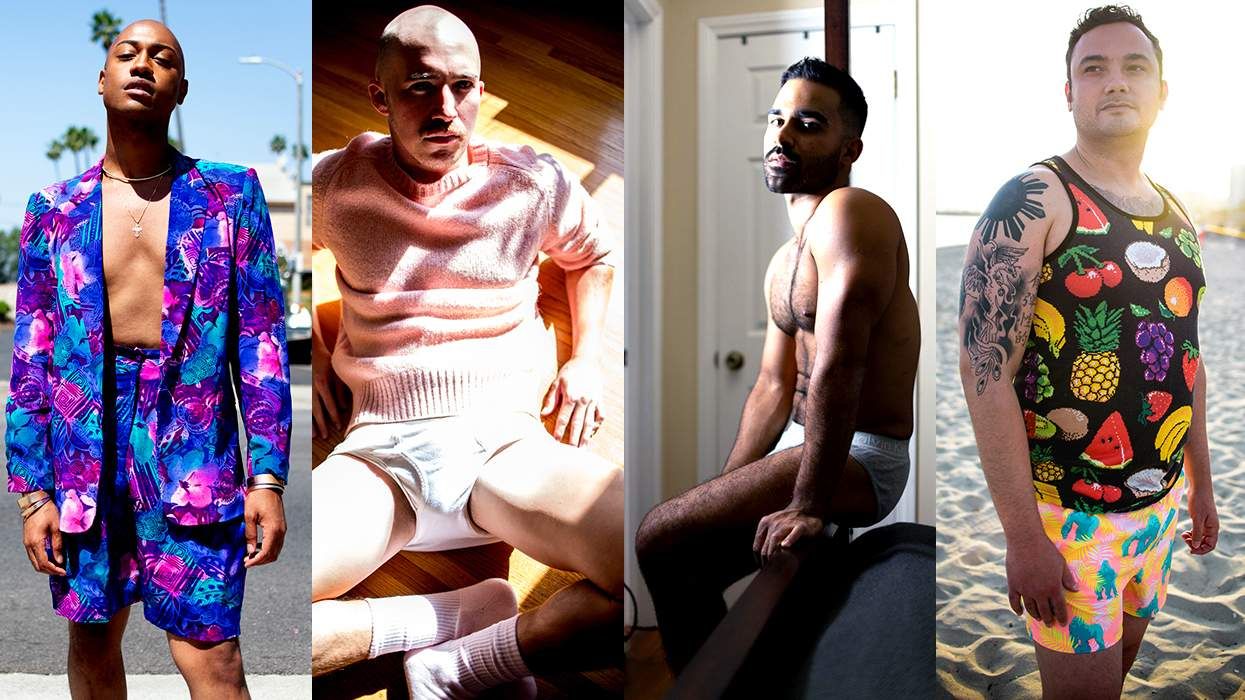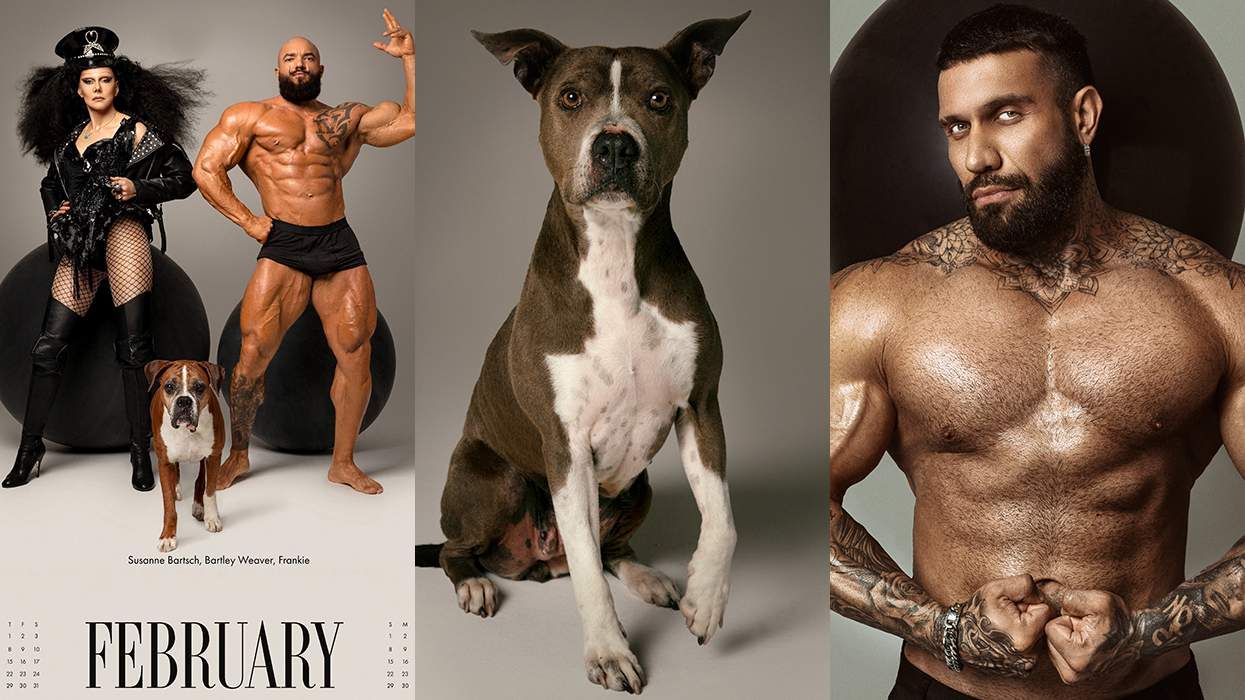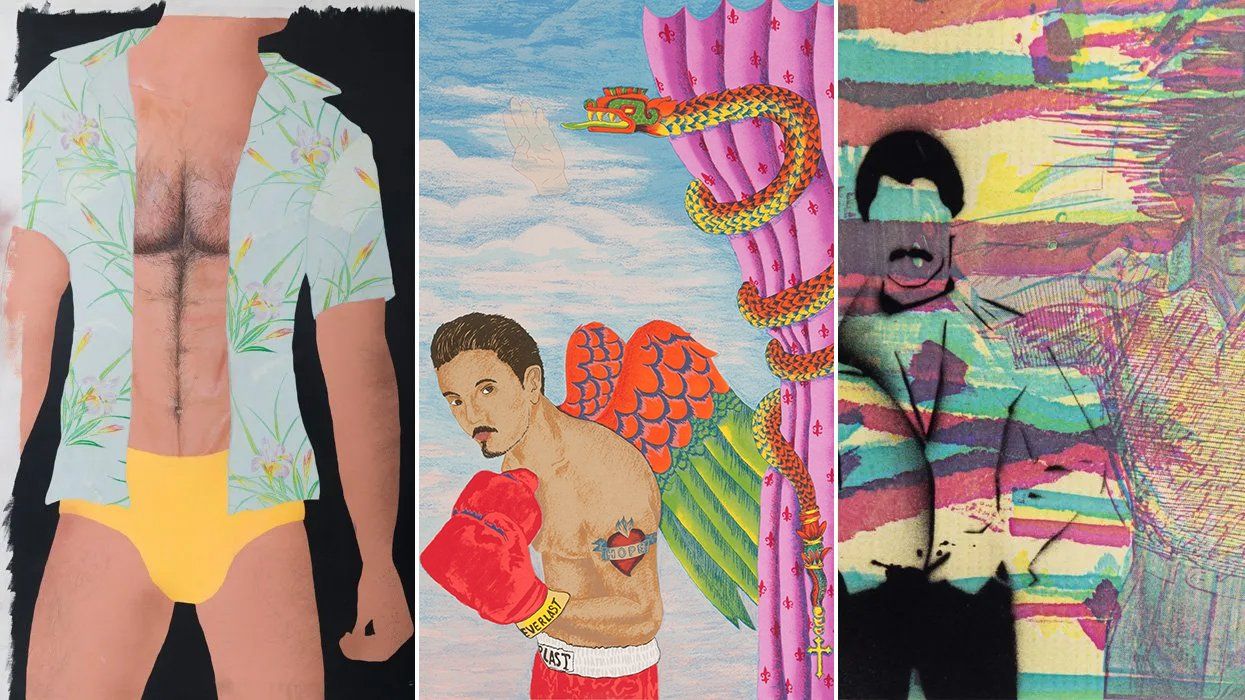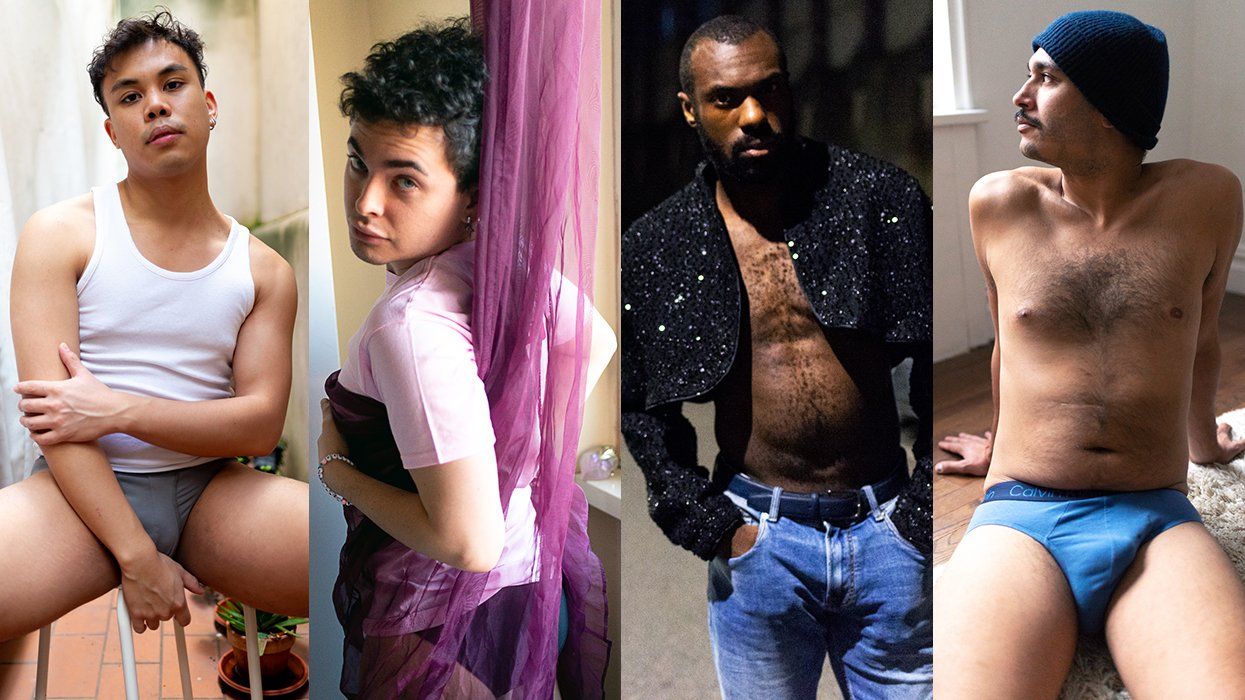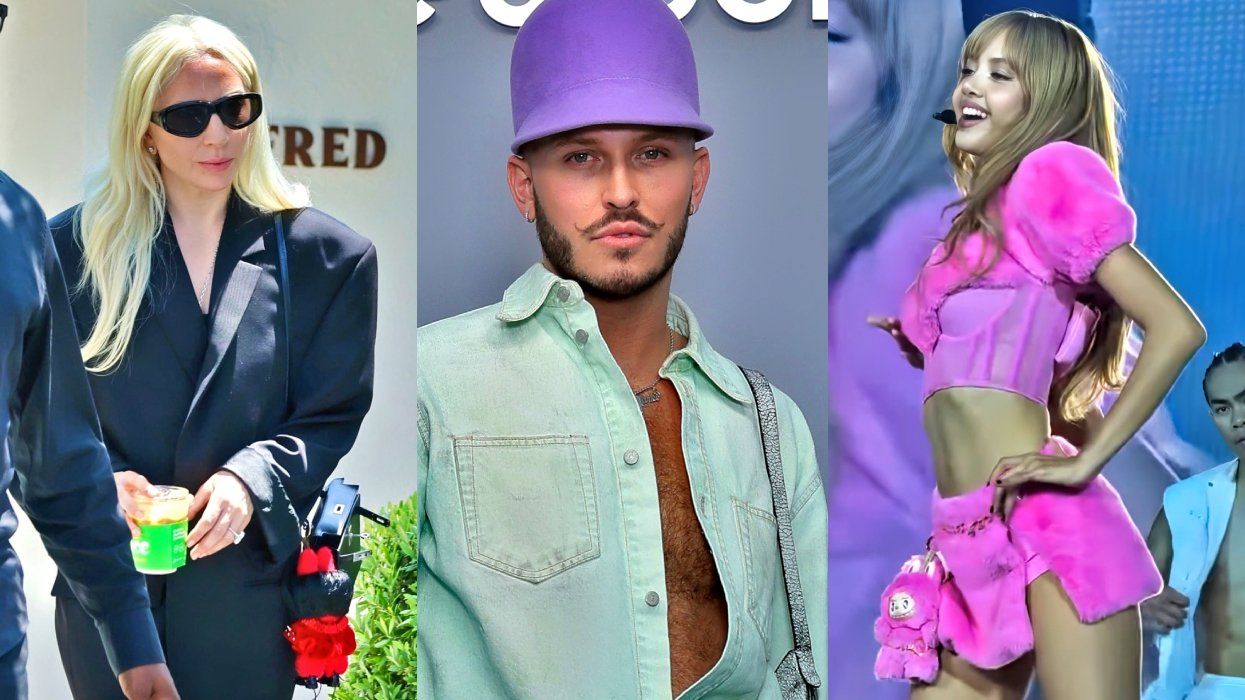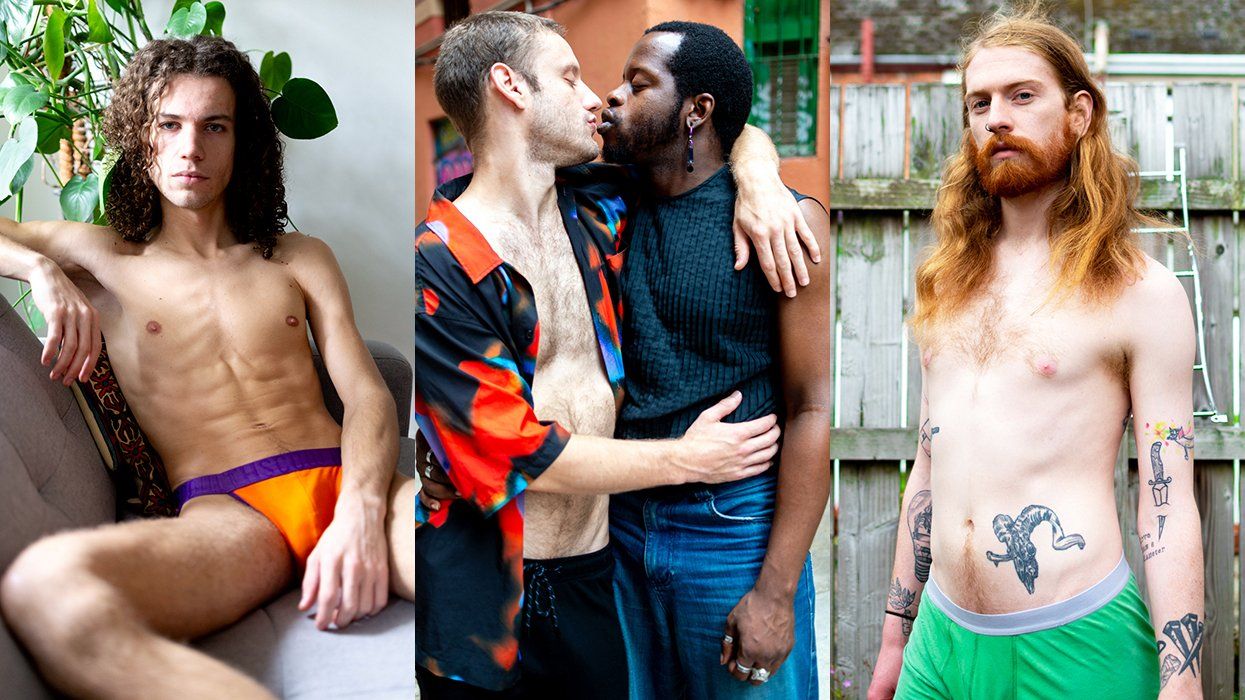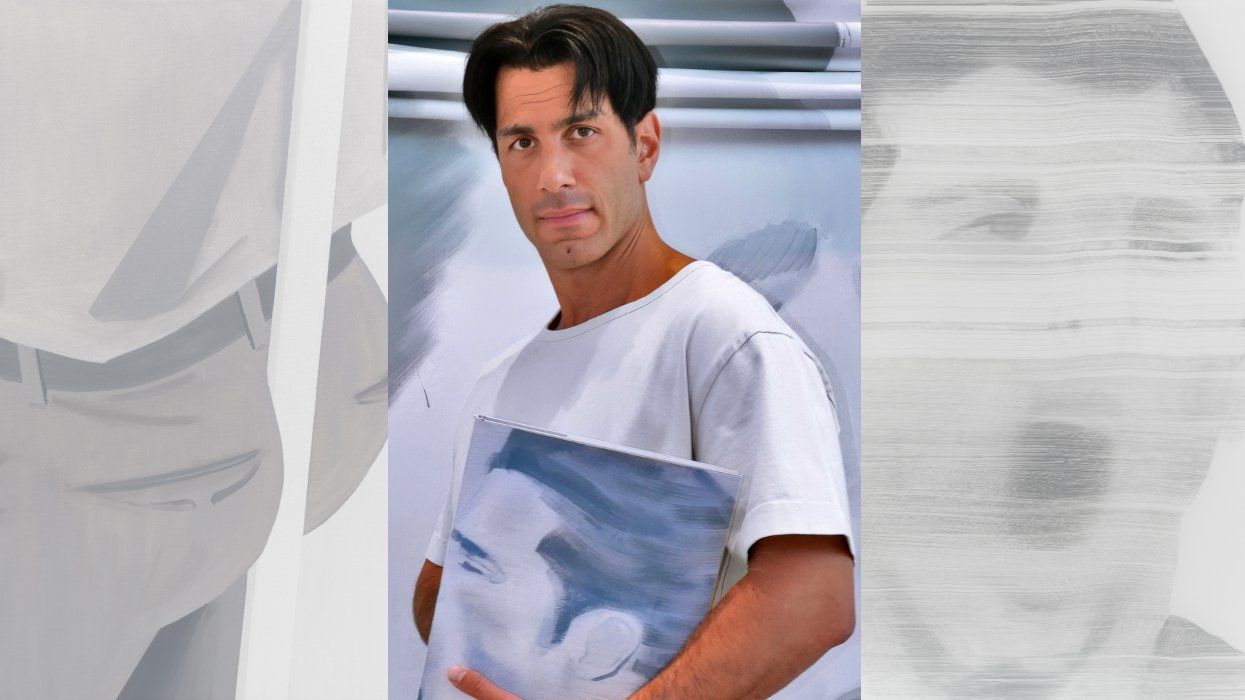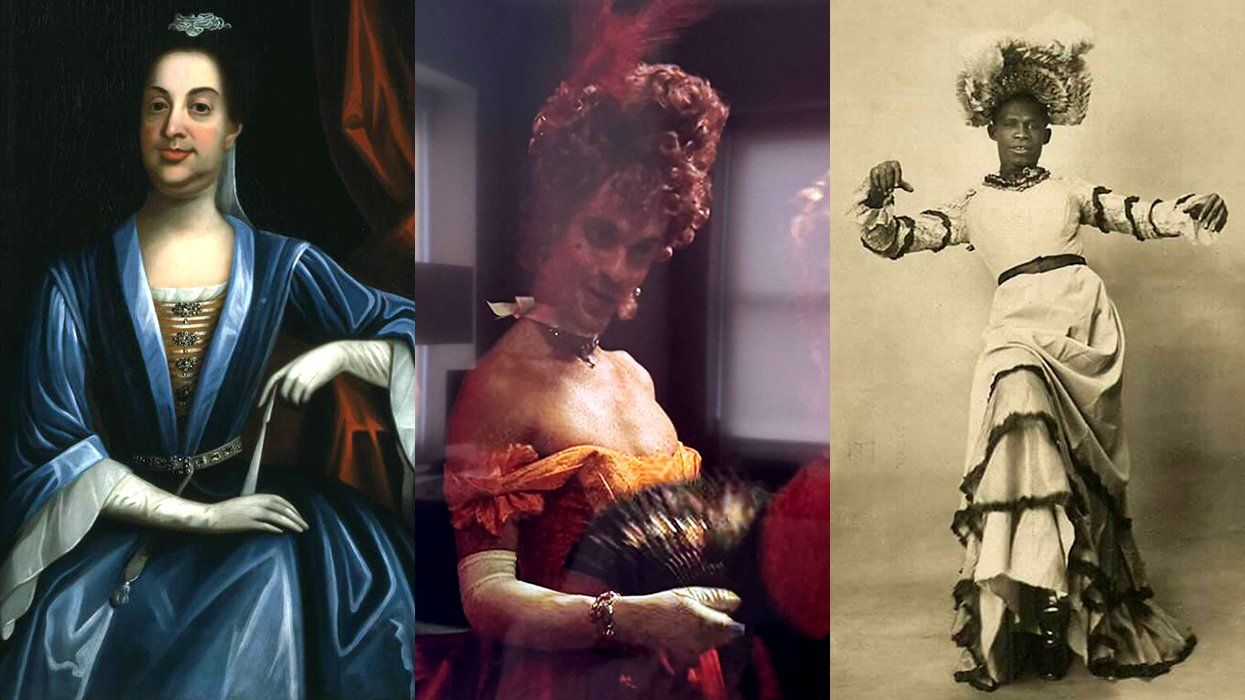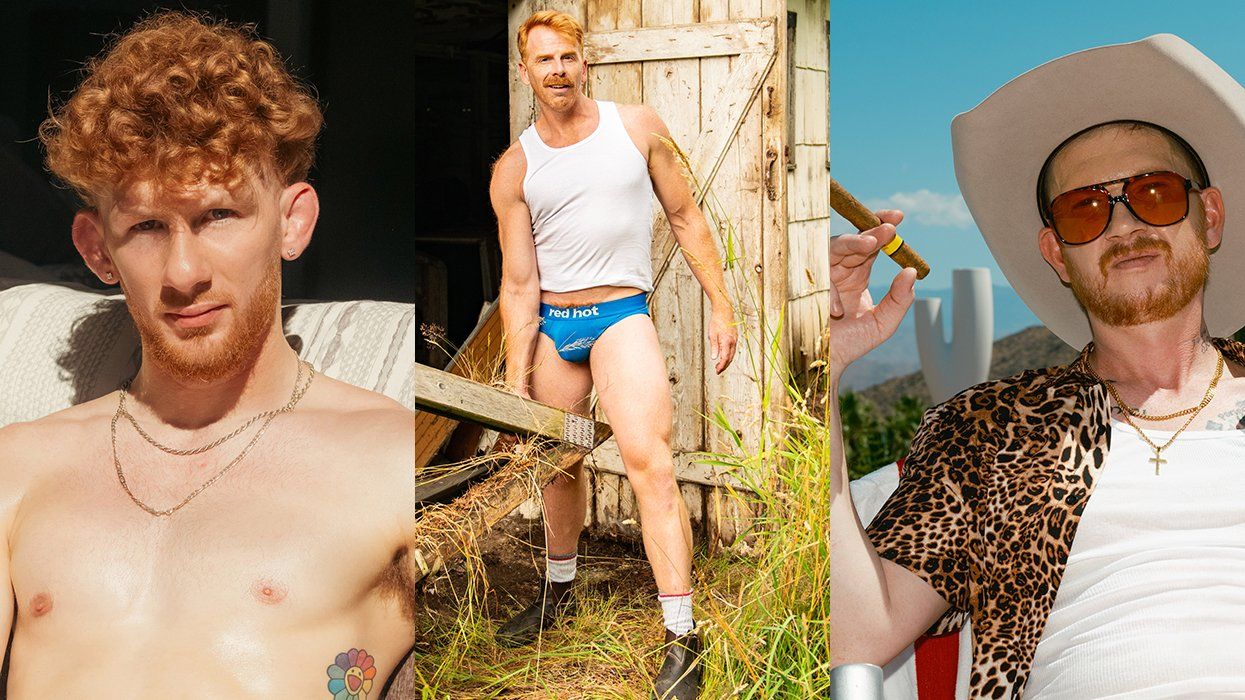There is no lock on the door of Raul de Nieves' studio -- at first glance, in fact, there is little precious to be found, just walls lined with plastic bags and lucite containers cradling the everyday craft supplies for which the sculptor and performance artist's work has become synonymous: thousands upon thousands of candy-colored microbeads; flimsy plastic masks resembling animals and cartoon characters (one Flintstones mask, de Nieves notes, was rescued from a dumpster); and tiny, jingling metal bells. Countless hours of repetitious hand-sewing and hot gluing will see glittering piles of the miniscule matter, like cells to a body, meet to form joyful, towering sculptures: anthropomorphic stalactites that are as much evocative of Medieval armor and Catholic idolatry as they are of the larger-than-life club-kid costumery cultured within New York's ravey underground, where de Nieves is a regular face. "Sometimes I feel like some crazy person that's painting the same thing for years just to see what happens," he says, hovering above a collapsible table in the center of a humble, one-room Brooklyn studio.
While de Nieves, at 35, has all the signifiers of burgeoning art-world fame -- including exhibitions at the Greater New York show at MoMA PS1, Documenta and Performa, the Whitney Biennial, then his first solo museum exhibition at the Cleveland Art Museum this year -- he has had no formal training. Rather, he traces his roots to the indigenous craft of his Mexican home, where he learned to sew and crochet as a child, as well as the DIY spaces and punk communities he found after immigrating to the United States. "When I first moved to New York, I landed at a place called Monster Island," he says. "It was a big warehouse that had [the art collectives] Secret Project Robot and Live With Animals. So I was already in this project space that provided room for people to be creative." It was in these spaces where de Nieves, who continues to perform in a band called Haribo, mounted the earlier performative works from which his contemporary costumery descends.
One figure, a mashup of two works-in-progress, stands in the corner of his studio like a signpost. The base mannequin is swallowed by a nearly floor-length gown, a composition of deconstructed sequined garments sourced from local vintage shops, then drenched in boughs of chains, red and green bells, and pearlescent bobbles. A crown of beads jutting out in every direction marks its head; when complete, the beads will obscure the deer mask beneath. "When I'm sewing these things over and over again just to see how much I can accumulate, I'm taking away this whole form and creating an abstract experience. It becomes really performative," de Nieves says, noting that many of his sculptures begin with a simple object as a base -- an old military suit, a lone stiletto heel. "My friends will come help me sew. We'll drink wine, or whatever, and it's really social. When I think about what it means to be an artist, it's more about finding communities outside of institutions to help you develop a specific way of thinking."
The costumes in his studio -- created for a group show in Hong Kong titled "Glow Like That," which opened in March -- are part of a new series of garments named Celebratory Skin (a play on the Hole single "Celebrity Skin"). They are both a departure and a return for de Nieves: moving away from creating purely aesthetic objects, the artist revisits the wearable, functional works reminiscent of those made for his earlier performative works, like The Fool, a chamber opera mounted in 2014, then again in 2017, in collaboration with Berlin-based performer Colin Self.
"When I looked at that work I made, the sculptures, I would always wish I could wear what they were wearing," he continues. De Nieves's own androgynous manner of dressing might be described as sculptural itself. On the occasion of this winter's Art Basel, where de Nieves created a working, bejeweled carousel that immediately became the most buzzed-about piece at the fair, he donned a scarlet red Vaquera jumpsuit, complete with a matching pair of devilish red horns. And though his work occasionally crisscrosses with the fashion industry -- his sculptures were once photographed by Karl Lagerfeld -- de Nieves has no intention of being classified as a designer. Instead, he reveals, he treats clothing as he does his beads.
"I have this pink Margiela dress that is so cute," he beams. "It's from the Barbie collection -- it's literally a box -- and it's this pink polyester. I wear it all the time, I party in it, it has stains, and it's loved. And when they had the Margiela retrospective in Paris, I went, and I saw they had the same silhouette. I was like, 'Oh my God!' This is archival. And I fucked it up. Yes!"
It's a statement reflective of de Nieves's ethos: There is no lock on the door -- there is little precious to be found. By embracing elements of camp, long a tool for playful subversion within the queer subcultures he straddles, the radical excess integral to de Nieves's sculptures and garments becomes a vehicle for freedom.
This article appears in Out's May issue featuring artist Zanele Muholi and model Ruth Bell as cover stars. The issue is guest edited by Kimberly Drew. To read more, grab your own copy of the issue on Kindle, Nook, Zinio or (newly) Apple News+ today. Preview more of the issue here and click here to subscribe.



